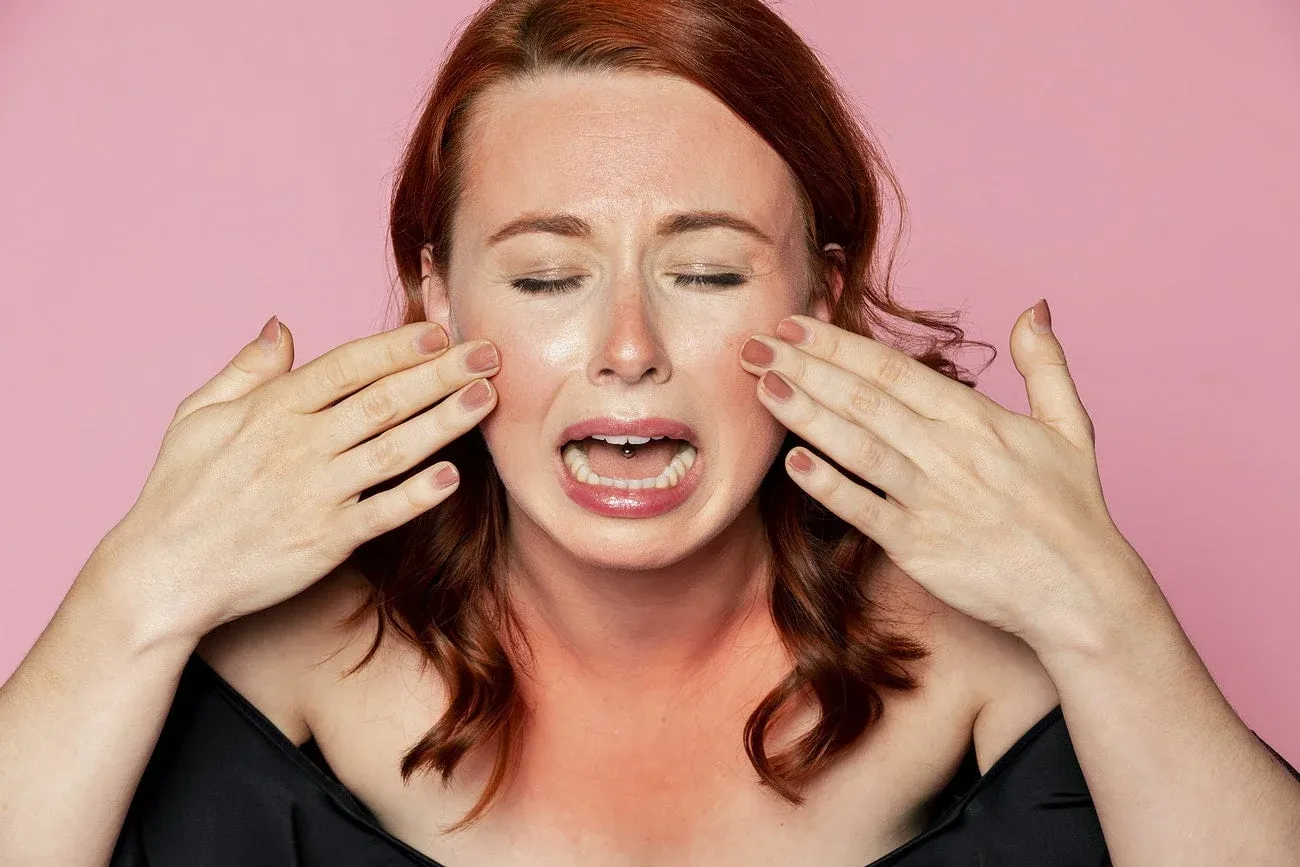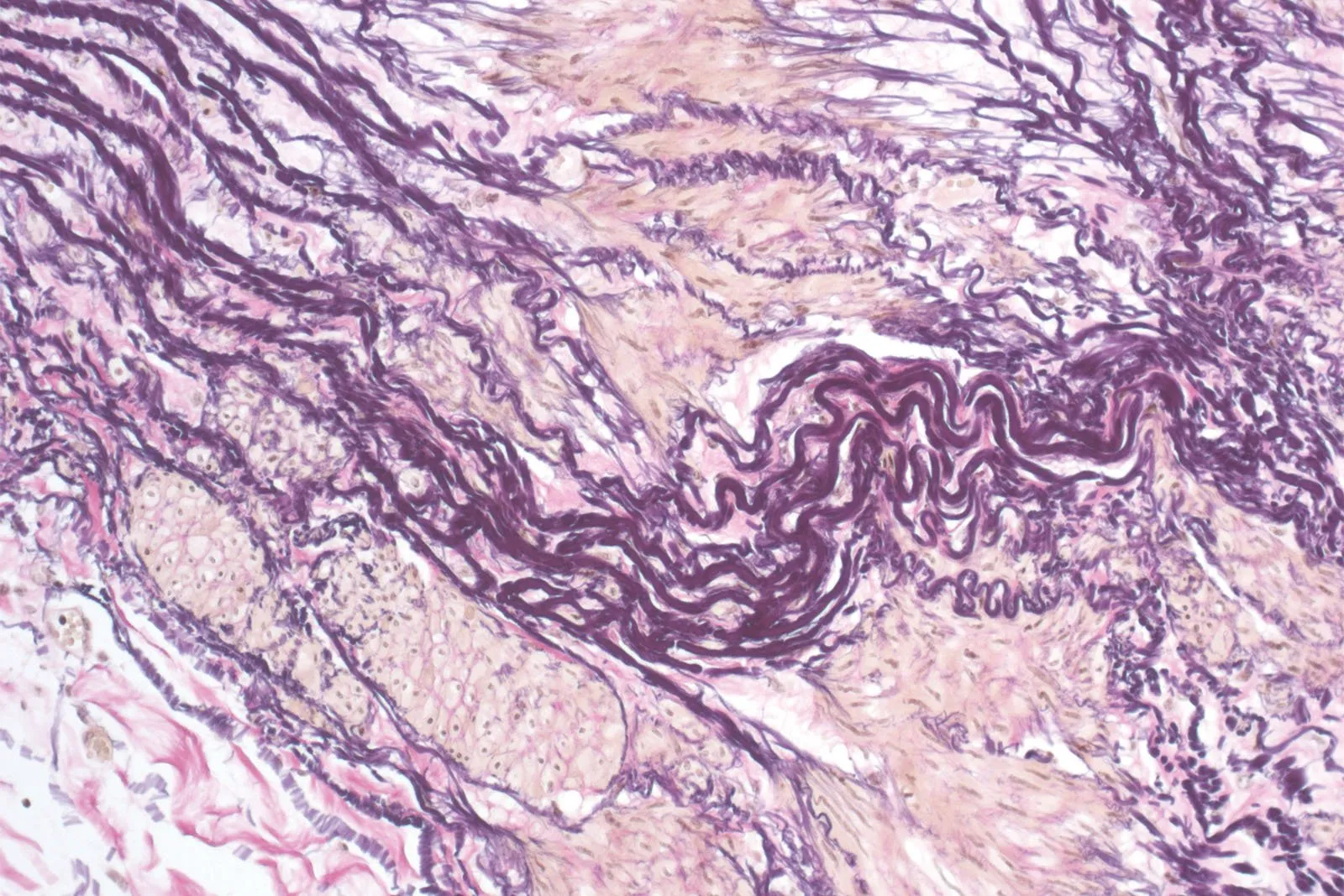Fillers are injectable cosmetic procedures used to restore volume and fullness to the face, minimizing the appearance of wrinkles and rejuvenating facial features. In short, Fillers work by filling in the soft tissue under the skin, giving it a more youthful and plumped appearance. Let’s talk more about what they are, how they work, and what you can expect from receiving a Filler treatment.
What Are Fillers?
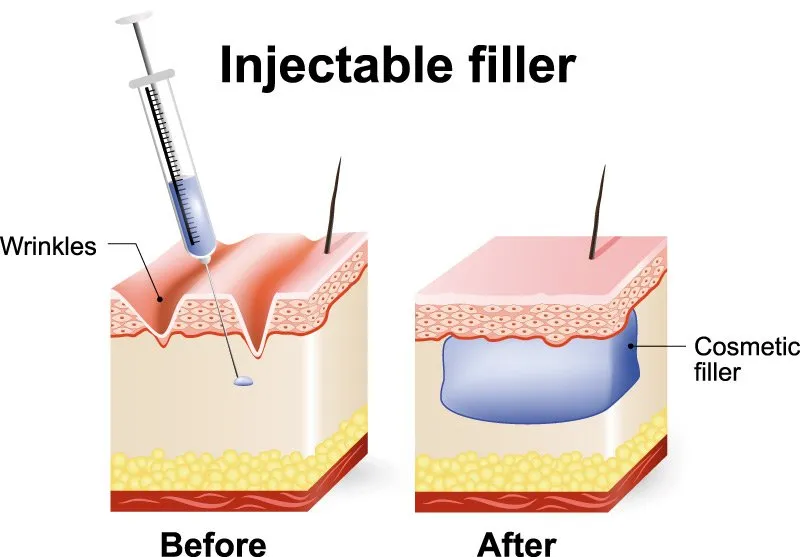
Fillers are injections that contain a gel-like substance, usually pure Hyaluronic Acid, that are used to “fill out” areas of the face. Fillers can help smooth out wrinkles as well as volumize areas of the face that have lost volume due to age, weight loss, etc.
Most fillers are composed of Hyaluronic Acid or HA–a sugary substance that the body naturally produces and is found throughout the body, but most commonly in the eyes, joints, and skin. Over time, the body slows the production of HA, which is why the older we get, the more likely we are to experience joint problems, dry eyes, and dehydrated skin.
How Do Fillers Work?
Hyaluronic Acid (HA) can attract water and hold a significant amount of moisture. This property and its effectiveness as a moisture-absorbing polymer have made HA filler a popular choice for hydrating and plumping targeted areas when reintroduced to the body.
Different HA Fillers
Fillers are commonly used in cosmetic procedures to enhance facial features and restore a more youthful appearance. Multiple types of fillers are available, each with its distinct properties and advantages.
The two most popular brands of filler are Juvederm and Restylane. Both of these brands make various fillers for many facial rejuvenation needs.
The biggest difference between the brands and products is the size of the HA molecule. The molecular weight can influence how long the filler lasts and how well it does its job at “filling in” that particular area.
Different types of gels, such as Juvederm Voluma, Juvederm Volbella, and Restylane Silk, are used for various purposes. Thicker gels like Juvederm Voluma are applied to larger areas like the cheeks, while thinner gels like Juvederm Volbella and Restylane Silk are used for filling in fine lines and wrinkles, resulting in a more natural look. In short, the thickness of the gel determines the final outcome.
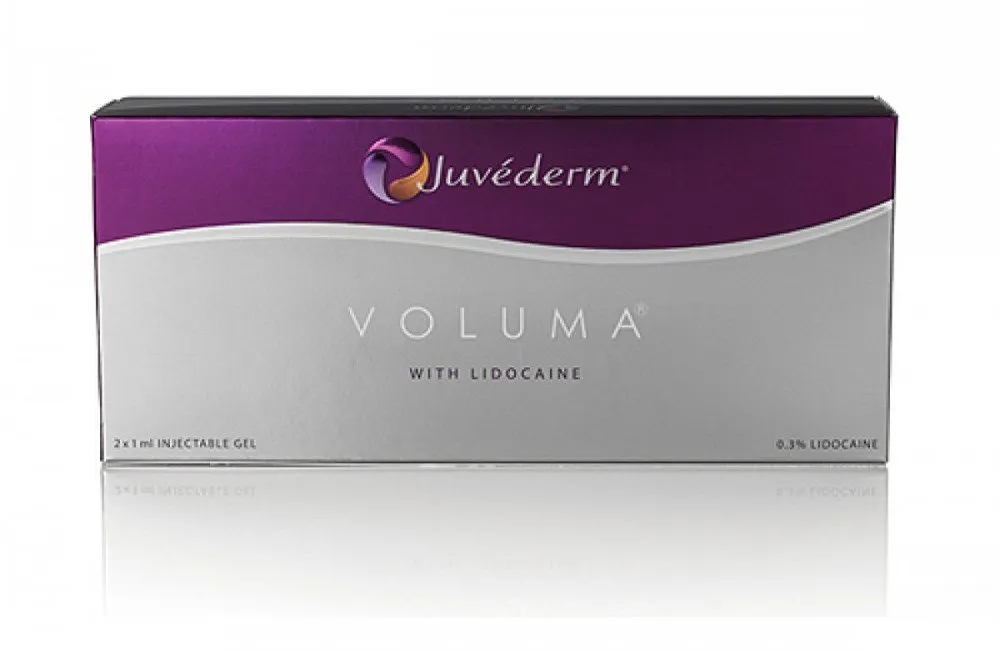
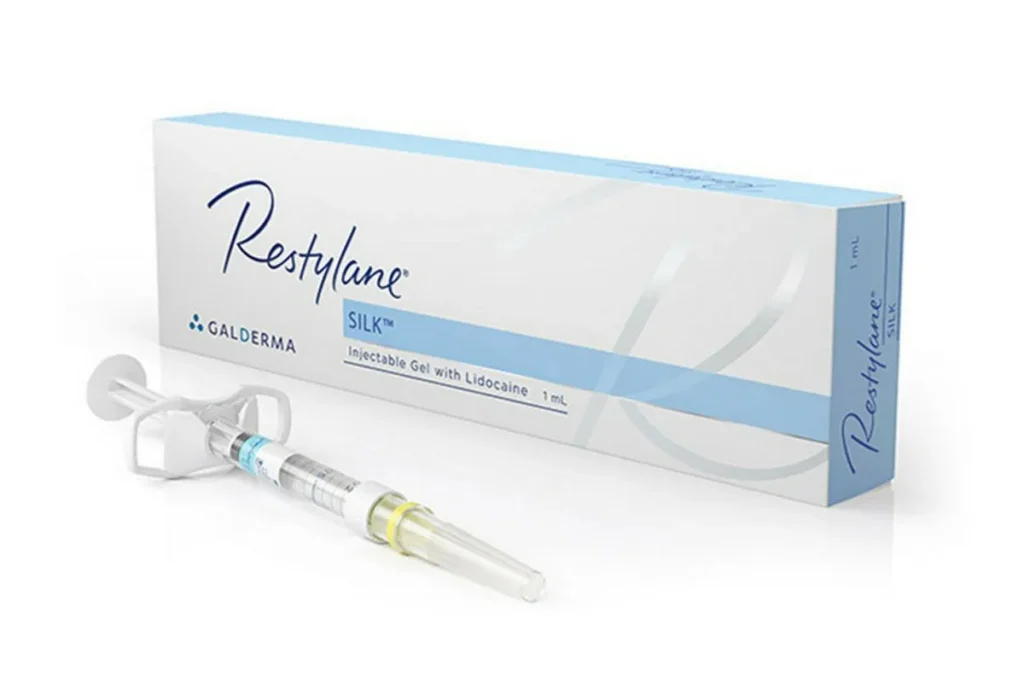
What Should You Expect With A Filler Treatment
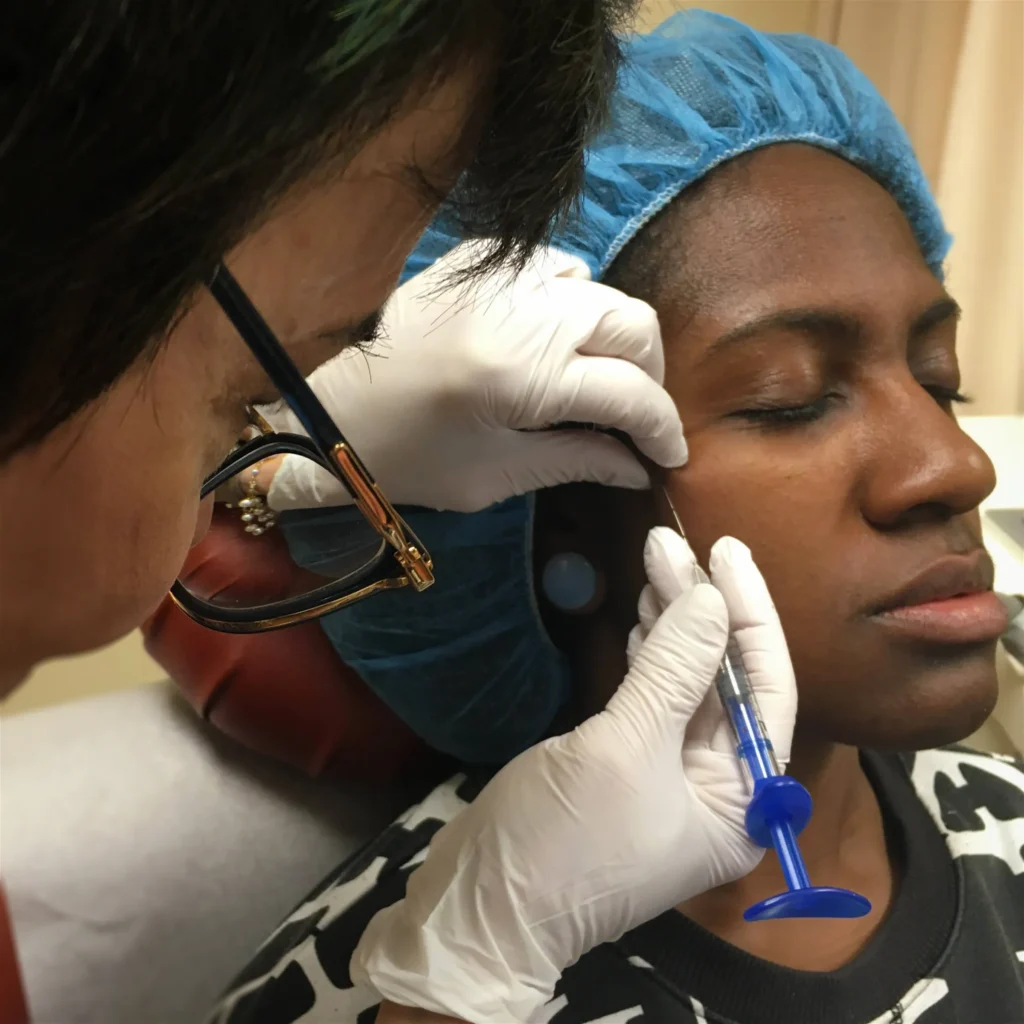
In most instances, a light topical anesthetic will be administered before injecting the designated area.
Once injected, since the filler contains lidocaine, you will feel an increase in the numbing effect in the area during and after the treatment for a few hours.
After the injection, your skin may feel tight and feel sore for a day or two. It’s also common to experience swelling and bruising at the injection site which will resolve after a few days.
It can take up to four weeks for a filler to fully integrate into the tissue and it’s strongly advised to stay hydrated in the weeks after since HA fillers are water-binding.
Are You Ready To “Filler Up”?
Fillers are an easy and quick way to handle the signs of aging. There is no downtime with limited after-procedure side effects. If you are interested in learning more about the Fillers Skincredible offers, schedule an appointment with one of our certified clinicians today!


